
Do people actually move to a new state when they retire? Some do, many don’t. Research by the Center for Retirement Research at Boston College found that about 53% of retirees stay in the home they owned in their 50s and about 16% end up moving much later in life, often due to a health shock.
A 2021 moving survey by United Van Lines found that about 20% of all movers said retirement was their reason for moving. The movers study found that retirees generally leave big population centers for warmer climates, smaller cities and towns and a lower cost of living. For example, the survey found 77% of those nearing retirement age in New Jersey plan to move out of the state, a full 23% of them to the state of Florida.
DON'T MISS: The 25 Best Cities for Snowbirds
Whether you’re planning to move or not, it helps to know if the retirement benefits in your state are going to serve your needs.
Relocation in retirement can be driven by “pull” or “push” factors, said Kathy Black, a professor of aging studies at the University of South Florida, in an interview with personal finance site WalletHub.
“Are we moving because the new locale offers compelling attractors such as climate, amenities, or better costs of living -- or because we are no longer able or want to remain where we live?” Black said.
Beyond costs of living, other top factors when choosing a state for retirement include aspects of the built, social, and service environment, Black says. This includes, for example, physical walkability and availability of transportation options, inclusive and affordable opportunities to participate in social, recreational, and other desired activities, and access to quality healthcare.
To identify the most and least retirement-friendly states, WalletHub used data from a range of sources to compare the 50 states across three key dimensions: affordability, quality of life and healthcare.
Affordability includes taxes, cost of living, cost of in-home services, adult day care costs and the share of the population 65 and older who could not afford to see a doctor when needed.
Quality of life includes the share of population over 65, risk of isolation, elderly friendly labor market, the share of people over 65 living in poverty, food insecurity, access to public transportation, weather, plus things like shoreline, scenic byways, museums, golf, volunteerism, crime, air and water quality and other factors.
The healthcare category considers vaccination rates, the number of doctors, dentists and nurses, quality of public hospitals, life expectancy and several other factors.
Based on WalletHub’s latest study, here's how all 50 states rank, from best to worst.
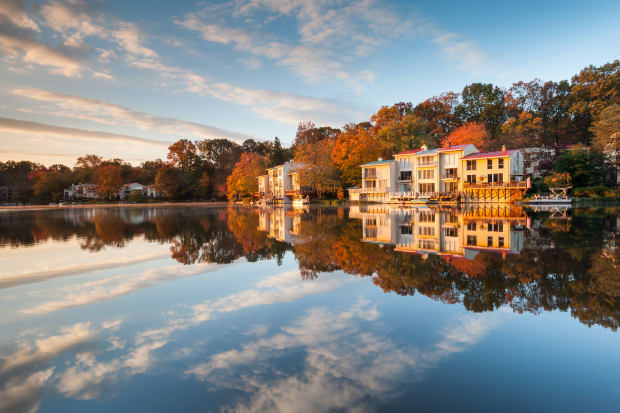
1. Virginia
- Affordability rank: 16
- Quality of life rank: 11
- Healthcare rank: 11
Virginia had the highest score, giving it the No. 1 ranking. Each of the 47 metrics was graded on a 100-point scale, with a score of 100 representing the most favorable conditions for retirement. Each state's weighted average across all metrics determines the overall score.

2. Florida
- Affordability rank: 9
- Quality of life rank: 4
- Healthcare rank: 28

3. Colorado
- Affordability rank: 14
- Quality of life rank: 27
- Healthcare rank: 5
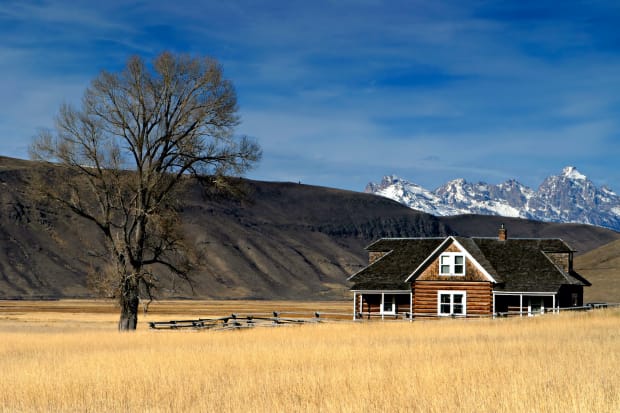
4. Wyoming
- Affordability rank: 5
- Quality of life rank: 9
- Healthcare rank: 38
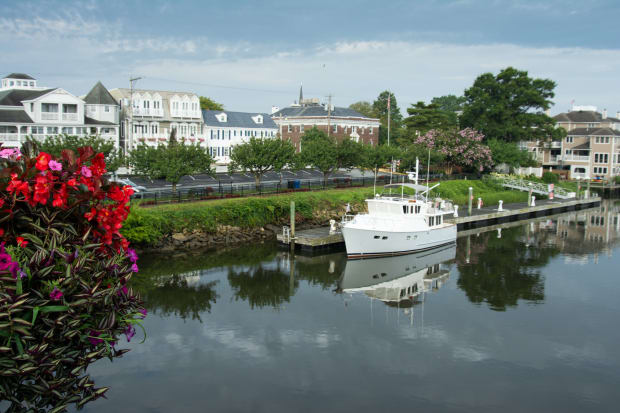
5. Delaware
- Affordability rank: 6
- Quality of life rank: 33
- Healthcare rank: 18

6. New Hampshire
- Affordability rank: 31
- Quality of life rank: 5
- Healthcare rank: 7

7. South Dakota
- Affordability rank: 25
- Quality of life rank: 30
- Healthcare rank: 9

8. Minnesota
- Affordability rank: 40
- Quality of life rank: 2
- Healthcare rank: 1 (best)

9. Idaho
- Affordability rank: 15
- Quality of life rank: 17
- Healthcare rank: 31

10. North Dakota
- Affordability rank: 22
- Quality of life rank: 25
- Healthcare rank: 20

11. Utah
- Affordability rank: 20
- Quality of life rank: 24
- Healthcare rank: 26

12. North Carolina
- Affordability rank: 12
- Quality of life rank: 23
- Healthcare rank: 35
MicheleMidnight / Shutterstock

13. Missouri
- Affordability rank: 17
- Quality of life rank: 28
- Healthcare rank: 32
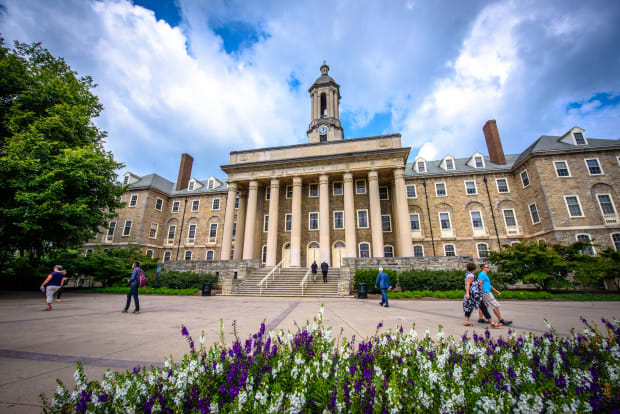
14. Pennsylvania
- Affordability rank: 36
- Quality of life rank: 3
- Healthcare rank: 12

15. Montana
- Affordability rank: 24
- Quality of life rank: 15
- Healthcare rank: 29

16. South Carolina
- Affordability rank: 4
- Quality of life rank: 38
- Healthcare rank: 39

17. Massachusetts
- Affordability rank: 47
- Quality of life rank: 1 (best)
- Healthcare rank: 2

18. California
- Affordability rank: 32
- Quality of life rank: 19
- Healthcare rank: 10

19. Alaska
- Affordability rank: 26
- Quality of life rank: 36
- Healthcare rank: 8

20. Arizona
- Affordability rank: 18
- Quality of life rank: 35
- Healthcare rank: 25
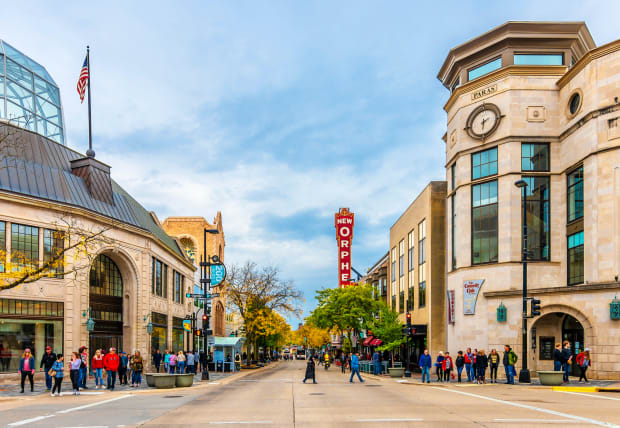
21. Wisconsin
- Affordability rank: 34
- Quality of life rank: 14
- Healthcare rank: 17

22. Alabama
- Affordability rank: 1 (most affordable)
- Quality of life rank: 44
- Healthcare rank: 50 (worst)

23. Ohio
- Affordability rank: 27
- Quality of life rank: 8
- Healthcare rank: 37
JNix / Shutterstock

24. Hawaii
- Affordability rank: 38
- Quality of life rank: 29
- Healthcare rank: 4

25. Nebraska
- Affordability rank: 37
- Quality of life rank: 16
- Healthcare rank: 15

26. Iowa
- Affordability rank: 35
- Quality of life rank: 12
- Healthcare rank: 24

27. Georgia
- Affordability rank: 7
- Quality of life rank: 40
- Healthcare rank: 42

28. Michigan
- Affordability rank: 29
- Quality of life rank: 18
- Healthcare rank: 36

29. Maine
- Affordability rank: 43
- Quality of life rank: 6
- Healthcare rank: 13

30. New Mexico
- Affordability rank: 21
- Quality of life rank: 46
- Healthcare rank: 30

31. Indiana
- Affordability rank: 23
- Quality of life rank: 31
- Healthcare rank: 40

32. Nevada
- Affordability rank: 11
- Quality of life rank: 42
- Healthcare rank: 41

33. Tennessee
- Affordability rank: 2
- Quality of life rank: 48
- Healthcare rank: 45

34. Vermont
- Affordability rank: 48
- Quality of life rank: 7
- Healthcare rank: 6

35. Connecticut
- Affordability rank: 44
- Quality of life rank: 26
- Healthcare rank: 3

36. Kansas
- Affordability rank: 30
- Quality of life rank: 32
- Healthcare rank: 33

37. West Virginia
- Affordability rank: 3
- Quality of life rank: 43
- Healthcare rank: 49

38. Oregon
- Affordability rank: 41
- Quality of life rank: 21
- Healthcare rank: 21

39. Texas
- Affordability rank: 28
- Quality of life rank: 37
- Healthcare rank: 34

40. Rhode Island
- Affordability rank: 39
- Quality of life rank: 39
- Healthcare rank: 14

41. Arkansas
- Affordability rank: 8
- Quality of life rank: 49
- Healthcare rank: 44
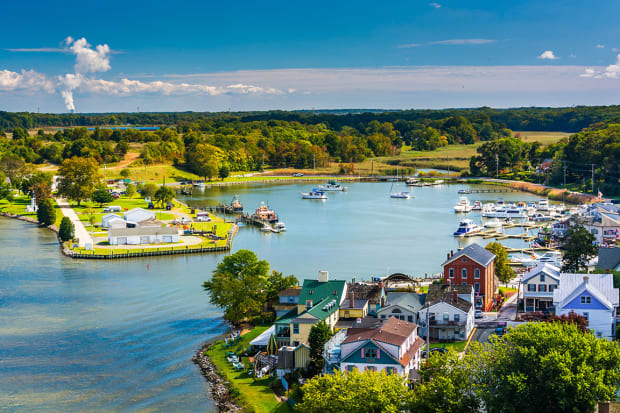
42. Maryland
- Affordability rank: 46
- Quality of life rank: 20
- Healthcare rank: 19
Shutterstock

43. Washington
- Affordability rank: 45
- Quality of life rank: 13
- Healthcare rank: 23
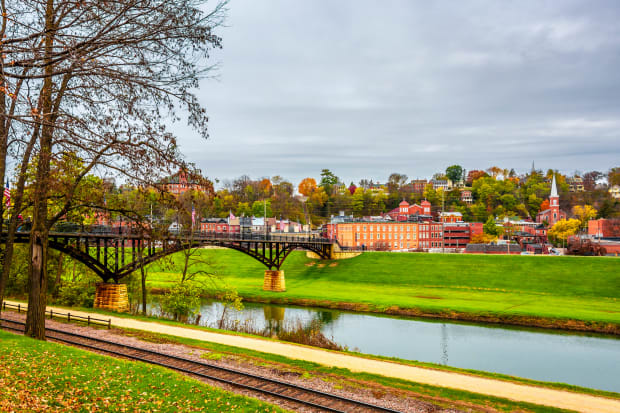
44. Illinois
- Affordability rank: 42
- Quality of life rank: 22
- Healthcare rank: 27

45. Louisiana
- Affordability rank: 13
- Quality of life rank: 45
- Healthcare rank: 47
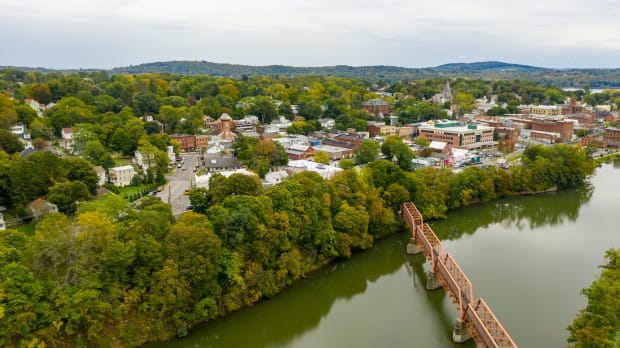
46. New York
- Affordability rank: 50 (least affordable)
- Quality of life rank: 10
- Healthcare rank: 16

47. Oklahoma
- Affordability rank: 19
- Quality of life rank: 47
- Healthcare rank: 43

48. Mississippi
- Affordability rank: 10
- Quality of life rank: 50 (worst)
- Healthcare rank: 48

49. New Jersey
- Affordability rank: 49
- Quality of life rank: 34
- Healthcare rank: 22
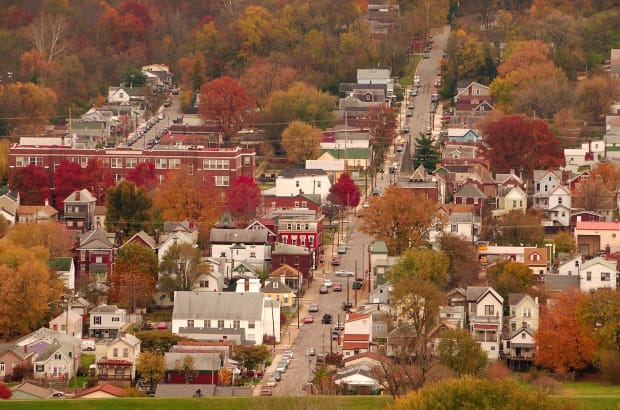
50. Kentucky
- Affordability rank: 33
- Quality of life rank: 41
- Healthcare rank: 46
Read more information about this study at WalletHub.







